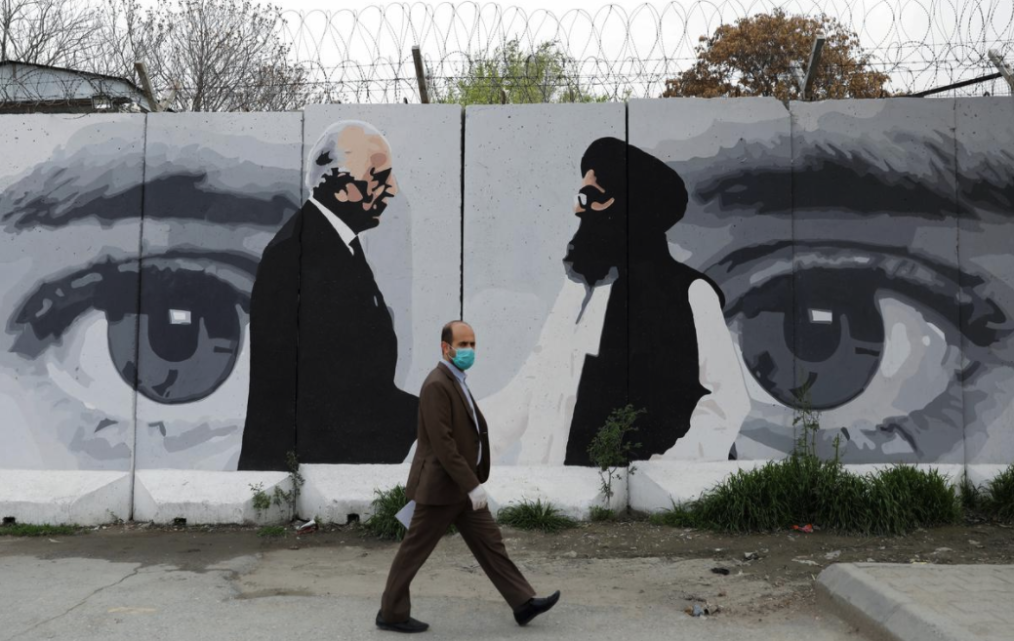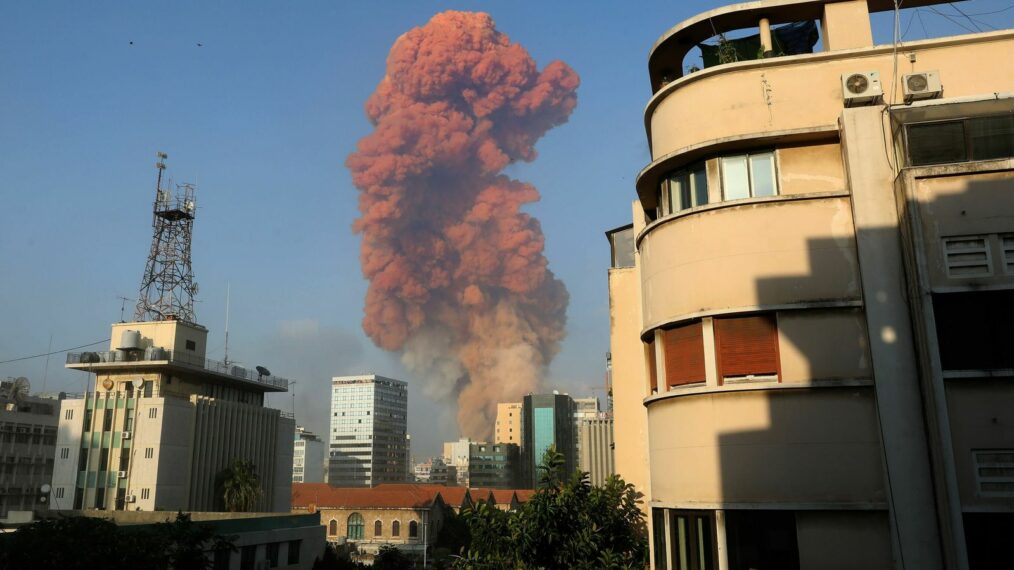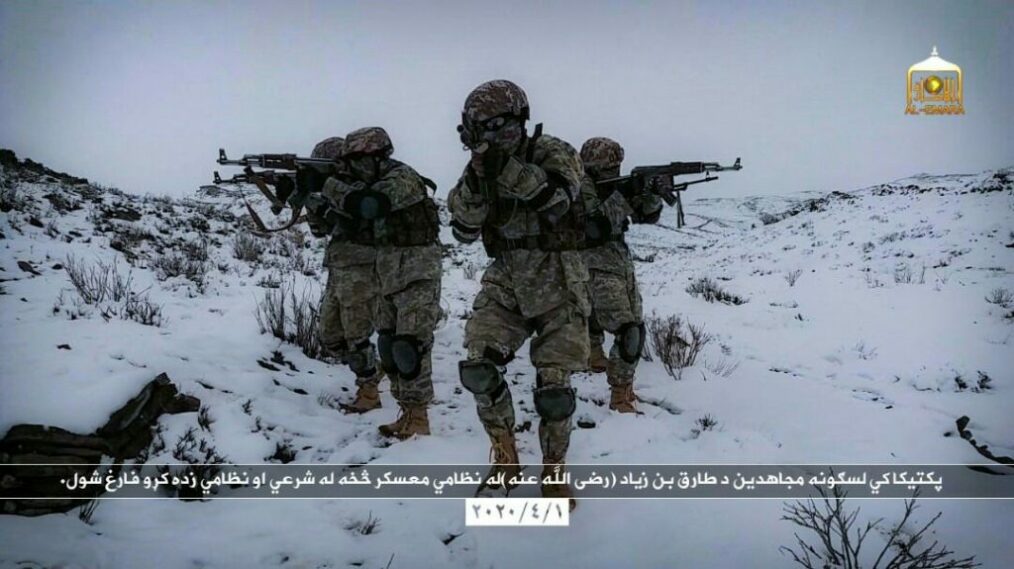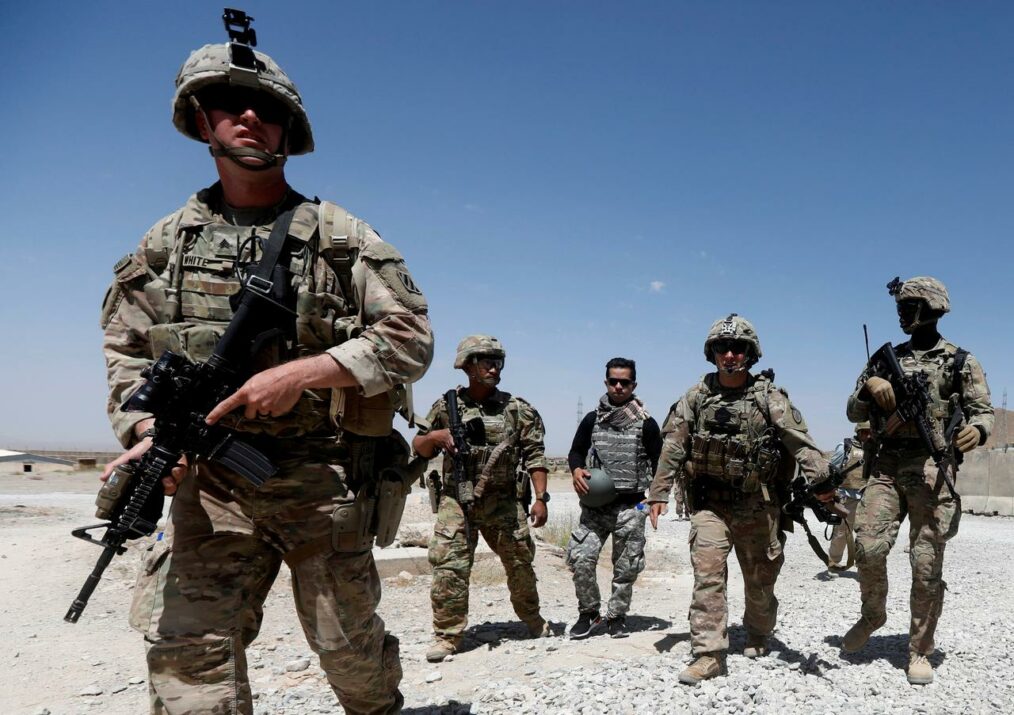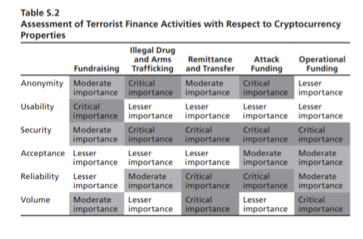After enduring what may be considered one of its most violent years, the West African nation of Burkina Faso has taken a new approach to countering the proliferation of armed insurgent groups that have traversed the country’s rural peripheries. Back in January, the country’s parliament sanctioned a program designed to equip and train civilian volunteers. Known as the “Volunteers for the Defence of the Homeland Act”, the intent of the program is to deter and fend off the increasingly brazen attacks carried out by armed groups in remote areas, in addition to reducing the workload burdened by the country’s underfunded and overstretched military.
Although Burkina Faso’s decision to train and arm civilians is neither novel nor surprising, the program does call into question the broader implications surrounding safety, efficacy, and authority. As one of several countries located in the heart of the Sahel region that spans West Africa, Burkina Faso is not alone in its struggles to contain and combat violent extremist groups, many of which operate as affiliates of the Islamic State and Al-Qaeda.
Instead, the relatively lawless and remote geographic setting of the Sahel has allowed armed groups to ravage the region with attacks, kidnappings, and the trafficking of humans, arms, and drugs. Such conditions led to the formation of the G5 Sahel, a joint force that includes the militaries of Burkina Faso, Chad, Niger, Mauritania, and Mali. Established in 2014, the G5 Sahel has also received support and/or training primarily from France, which is currently engaged in the Sahel through an anti-insurgency campaign known as Operation Barkhane, and the United States, which has maintained a presence in the region for over 13 years.
Nevertheless, the decision to use civilian volunteers as an auxiliary to any military must be evaluated in the specific context of the conflict. These include assessing the following criteria: the quality of support & training given to the groups, and the level of state supervision and authority of said groups.
Quality of Support & Training
Throughout history, the use of state-sanctioned militias was designed to address shortcomings in the capacity of official forces, particularly in rural and remote communities. Militias offer a relatively cheaper solution for security and surveillance of the enemy. Though mandates vary, these groups typically do not participate in any offensive campaigns, and their tactical goals are confined to a specific geography.
Given the number of attacks that occur in Burkina Faso’s periphery (specifically its northernmost borders), civilian militias could be useful as a temporary deterrent to stave off enemy forces. However, mounting a successful defense normally necessitates a prompt response by professional forces, which must be located close enough to assume the reins from self-defense groups.
The sophistication of a fighting force, whether professional or amateur, is correlated to the quality of its resources, support, and training. Burkina Faso’s “Volunteers for the Defence of the Homeland Act” accommodates just two weeks’ worth of training for civilians, coupled with basic armaments and communication equipment. Although Burkina Faso’s military expenditures (as % of GDP) have nearly doubled in the last few years, its professional forces remain outgunned and ill-equipped to confront the insurgents. Thus, the prospect of civilian forces, which receive a substantially smaller share of investment in training and equipment, repelling an attack are unlikely. In the absence of high-quality, rigorous training and nearby support from professional forces, civilian forces may only end up attracting more attention to themselves from insurgents, resulting in additional bloodshed, while decimating confidence in the civilian program.
Though successful civilian auxiliary forces exist and have proven instrumental in conflicts throughout Nigeria, Colombia, Peru, and Mexico, none of them have succeeded in a unilateral fashion. Rather, the success of such groups remains dependent on continuous improvement, capacity-building, and adequate linkages with professional forces.
State Supervision & Authority
Among the oft-cited issues regarding armed civilian forces is the level of accountability and control by state actors (i.e. police, military). In the case of Latin America, autodefensas have started out as autonomous vigilante groups, but eventually were absorbed into official designated police or military units. In the case of Mexico, negotiations between the autodefensas and the federal government have often been long drawn out. In states with poor security institutions that are perceived to be subject to graft, skepticism is likely to emerge and persist between civilians and the government. A well-defined command structure and lines of communication that incorporate voices from central and local authorities is often overlooked in this regard, but can be effective in a post-conflict transition.
Whether civilians arm themselves or procure arms through government mechanisms, there exists a need to ensure these empowered groups do not evolve into autonomous organizations that either perpetuate crimes they were designed to prevent, or begin to clash with other militias, insurgents, and official military forces. For countries with significant ethnic or religious divisions, the issue of oversight is even more imperative to ensure unity and alignment between self-defense groups and the military.
Like many post-colonial African states, Burkina Faso’s borders were drawn in haste, and not necessarily in consideration of the varied demographics of its population. With nearly 60 different ethnic groups, Burkina Faso is no stranger to ethnic-based violence. Given the fact that such groups often cluster geographically, the risk of a state-sponsored program evolving into raised militias that operate independent of any official chain-of-command remains significant. While the government has attempted to get in front of this issue by assuring checks of moral conduct and proper vetting of recruits will be implemented, disarmament and demobilization remains subjective and tricky in many instances.
Conclusion
In spite of their domestic or foreign support, the Sahel’s armies remain woefully inadequate in their fight against insurgent groups. The region’s infestation of militants has further been complicated by the droves of Islamist militants fleeing Syria, Iraq, Yemen, and Libya. As a result, the region has become a popular spot of refuge, while allowing transnational terrorist organizations to regroup.
Given West Africa’s proximity to Europe, and the lack of a formidable military to confront them, concerns of the Sahel evolving into a permanent safe haven and operational base have only risen in recent years. Containing the spread of these insurgent groups will require additional funding, equipment, and capacity for any and all participating forces. Evidence of further coalition-building, spearheaded by France, remains promising. The most effectual defense will require an alignment in objectives between foreign, national, and local forces.
– Arman Sidhu

